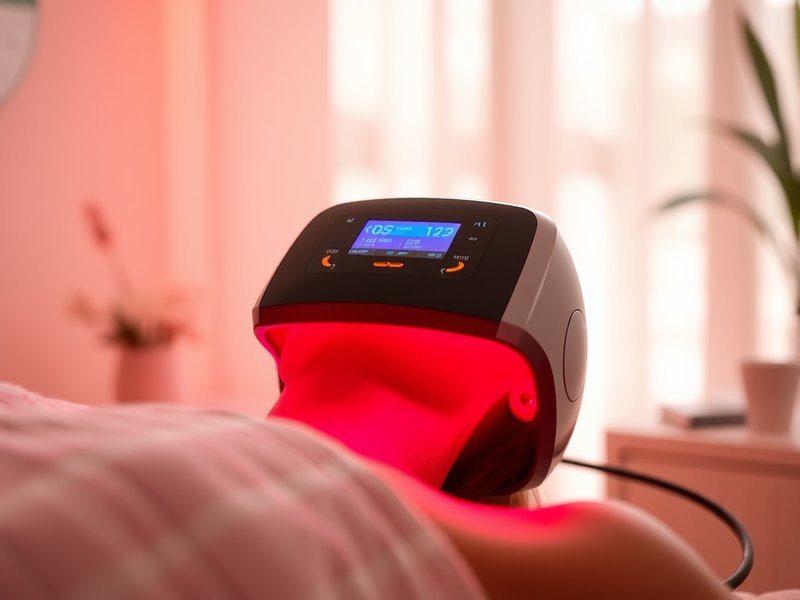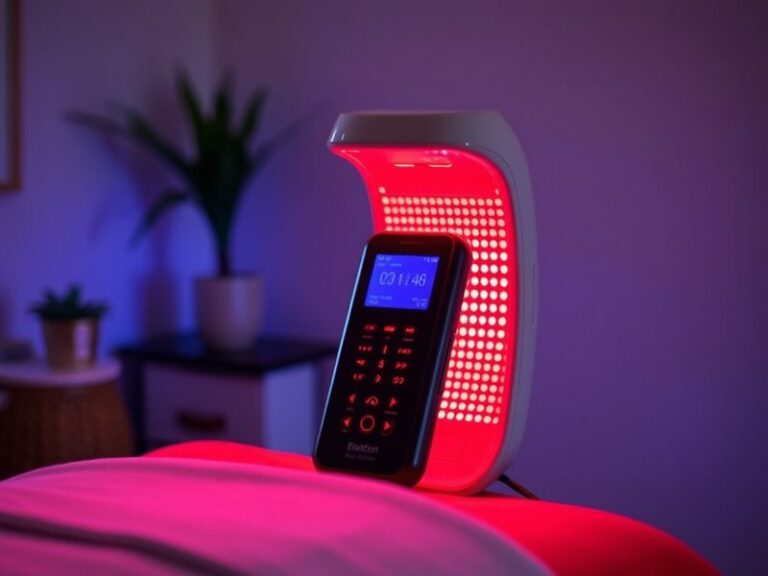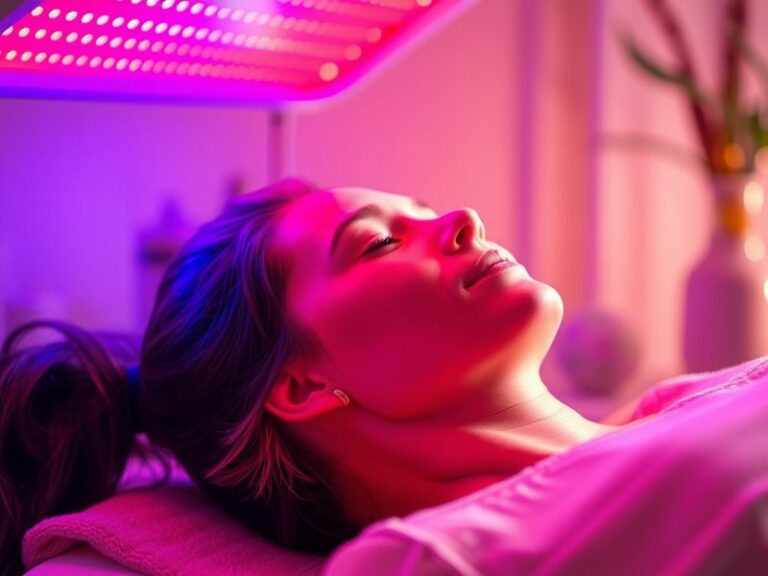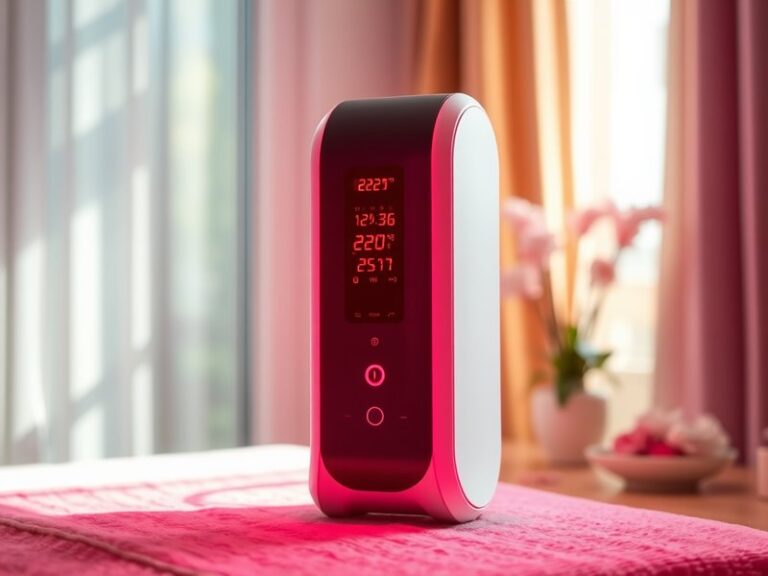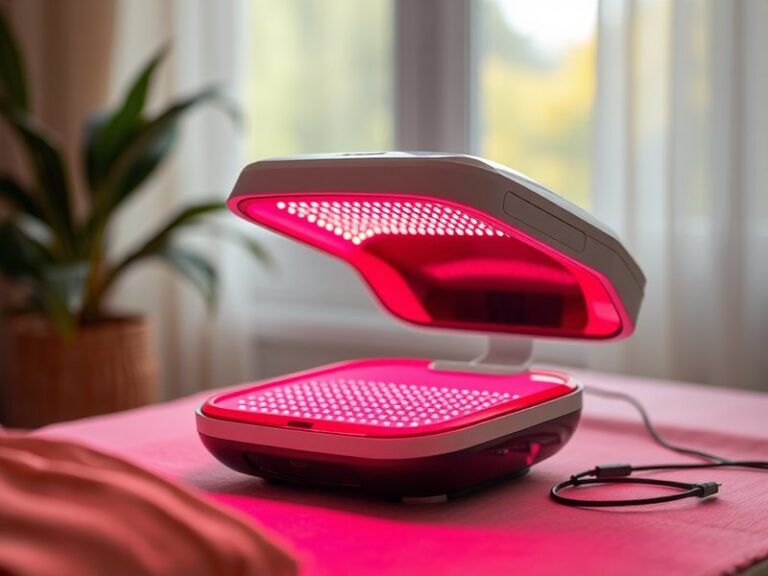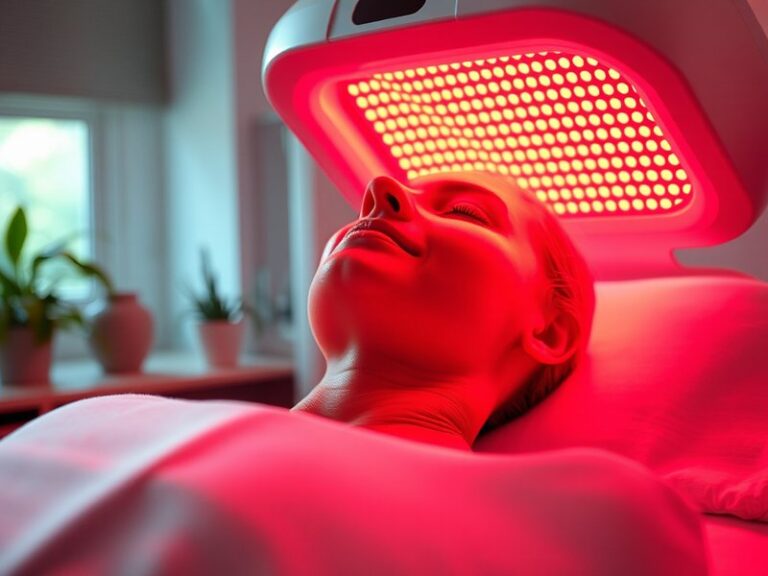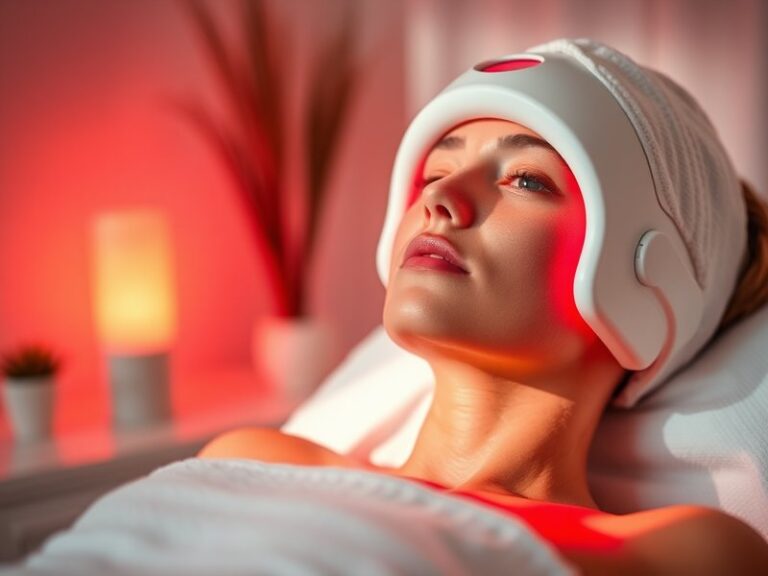Does Red Light Therapy Burn?
Does Red Light Therapy Burn?
Is red light therapy safe, or could it result in burns?
In recent years, red light therapy (RLT) has gained popularity for its potential therapeutic benefits, including pain relief, skin rejuvenation, and muscle recovery. However, many people remain concerned about its safety, particularly regarding the possibility of burns. This article will explore whether red light therapy can cause burns, its mechanisms, its benefits, and what considerations to keep in mind.
Key Takeaways
- Red light therapy is generally safe and does not cause burns like traditional heat lamps.
- It offers numerous benefits, including improved skin health and enhanced recovery from injuries.
- Users should take precautions and consult with professionals to ensure safe practice.
What is Red Light Therapy?
Red light therapy is a non-invasive treatment that involves exposure to low levels of red or near-infrared light. This light penetrates the skin and is believed to stimulate cellular processes, promoting healing and reducing inflammation.
Red light therapy is used in various settings, including dermatology clinics, physical therapy practices, and at-home devices. The wavelengths commonly used in red light therapy typically range from 600 nanometers (nm) to 1000 nm, which are thought to be optimal for stimulating cellular responses without damaging tissues.
How Red Light Therapy Works
The process works through photobiomodulation, where light energy is absorbed by the mitochondria in cells. This absorption enhances ATP (adenosine triphosphate) production, which fuels cellular functions and promotes healing.
See the whole article Do I need tanning lotion for red light therapy?
Additionally, RLT increases collagen production, improves blood circulation, reduces inflammation, and stimulates the repair of damaged tissues.
What are the Benefits of Red Light Therapy?
Red light therapy offers a range of benefits that have been supported by various studies. Below we explore several of the primary advantages.
Read the detailed post on Does Red Light Therapy Reduce Fat?
Improved Skin Health
RLT can help diminish the appearance of fine lines, wrinkles, and scars. It enhances collagen production, leading to firmer, younger-looking skin. Many users report better skin texture and reduced acne visibility after consistent treatments.
Pain Relief and Muscle Recovery
Athletes often use red light therapy to manage pain and expedite recovery from workouts. Studies show that RLT can reduce inflammation and accelerate healing time, making it effective for treating conditions like arthritis, lower back pain, and muscle strains.
Enhanced Mood and Energy Levels
Exposure to red light may help improve mood and energy levels by influencing the body’s circadian rhythm and melatonin production. Patients report feeling more alert and in higher spirits after red light sessions.
Support for Wound Healing
RLT is beneficial for speeding up the healing process of wounds. Its anti-inflammatory properties help reduce scarring and promote tissue regeneration, making it valuable for post-surgery recovery or chronic wound conditions.
Is it Possible to Get Burned by Red Light Therapy?
While there is significant concern about burns related to light therapy, it is essential to clarify that red light therapy is unlikely to cause burns when used as directed. The wavelengths used in RLT do not produce heat in the same way as other light sources, such as sun exposure or tanning lamps.
What are the Advantages of RLT Being Low-Risk for Burns?
One of the primary advantages of red light therapy is its safety profile:
- Non-Invasive: Unlike medical procedures that entail incisions or injections, RLT is completely non-invasive.
- Minimal Side Effects: Users generally report few side effects, with rarer occurrences of skin irritation or sensitivity.
- Wide Applicability: It can be safely used by most individuals, including those with various skin types and sensitivities.
What are the Disadvantages of RLT Being Low-Risk for Burns?
While the low risk of burns is advantageous, there are some limitations to consider:
- Delayed Results: Unlike treatments that produce immediate results, RLT benefits accumulate over time and may require consistent sessions for noticeable effects.
- Not Ideal for Everyone: Some individuals, particularly those with specific health conditions or medications that increase light sensitivity, may still experience adverse effects.
What are the Things to Consider Before Using Red Light Therapy?
Even though red light therapy is generally safe, certain factors should be taken into account before starting treatment.
Consulting a Healthcare Professional
Before beginning RLT, it’s wise to consult with a healthcare provider, especially for those with existing medical conditions or ongoing treatments.
Duration and Frequency of Treatment
Finding the right balance in treatment duration and frequency can enhance effectiveness. Too much exposure could lead to minimal discomfort, although it would not cause burns. Safe recommendations typically suggest sessions from 10 to 30 minutes, several times a week.
Device Quality
Ensuring that the device used for red light therapy is FDA-approved or clinically tested can maximize safety and effectiveness. Poor-quality devices may not deliver the correct wavelengths or intensities.
What are the Alternatives to Red Light Therapy?
If red light therapy doesn’t seem suitable or accessible, there are several alternative treatments available.
Ultraviolet (UV) Light Therapy
UV light therapy is commonly used for various skin conditions such as psoriasis and eczema, but it carries a higher risk of burns and skin damage.
Laser Therapy
Laser treatments can effectively address various skin issues, including scars and pigmentation. However, they can also be invasive and may require a longer recovery time compared to RLT.
Microdermabrasion
This procedure exfoliates the skin to improve tone and texture. While non-invasive, it tends to be more abrasive than red light therapy, and multiple sessions may be necessary.
Conclusion: Is it Recommended to Use Red Light Therapy?
Based on the information presented, red light therapy is a safe and effective treatment option for various health and aesthetic concerns. It is unlikely to cause burns under normal usage conditions, making it a desirable alternative to more invasive procedures. As with any treatment, users should consult with professionals, adhere to safety guidelines, and consider their individual health circumstances.
Frequently Asked Questions
Can I use red light therapy every day?
Yes, many users can safely benefit from daily sessions, although it’s important to monitor skin reactions and adjust frequency as needed.
Is red light therapy effective for acne?
Research suggests that RLT can reduce acne by lowering inflammation and promoting healing, leading to fewer breakouts and improved skin clarity.
What is the cost of red light therapy?
Costs vary widely, with professional treatments typically ranging from $25 to $100 per session, and at-home devices costing anywhere from $100 to $500.
Are there any side effects?
Most users experience no significant side effects; however, mild temporary redness or discomfort may occur in some individuals.
How long until I see results?
Results vary by individual and condition, but users often report noticeable changes within a few weeks of regular treatment.
